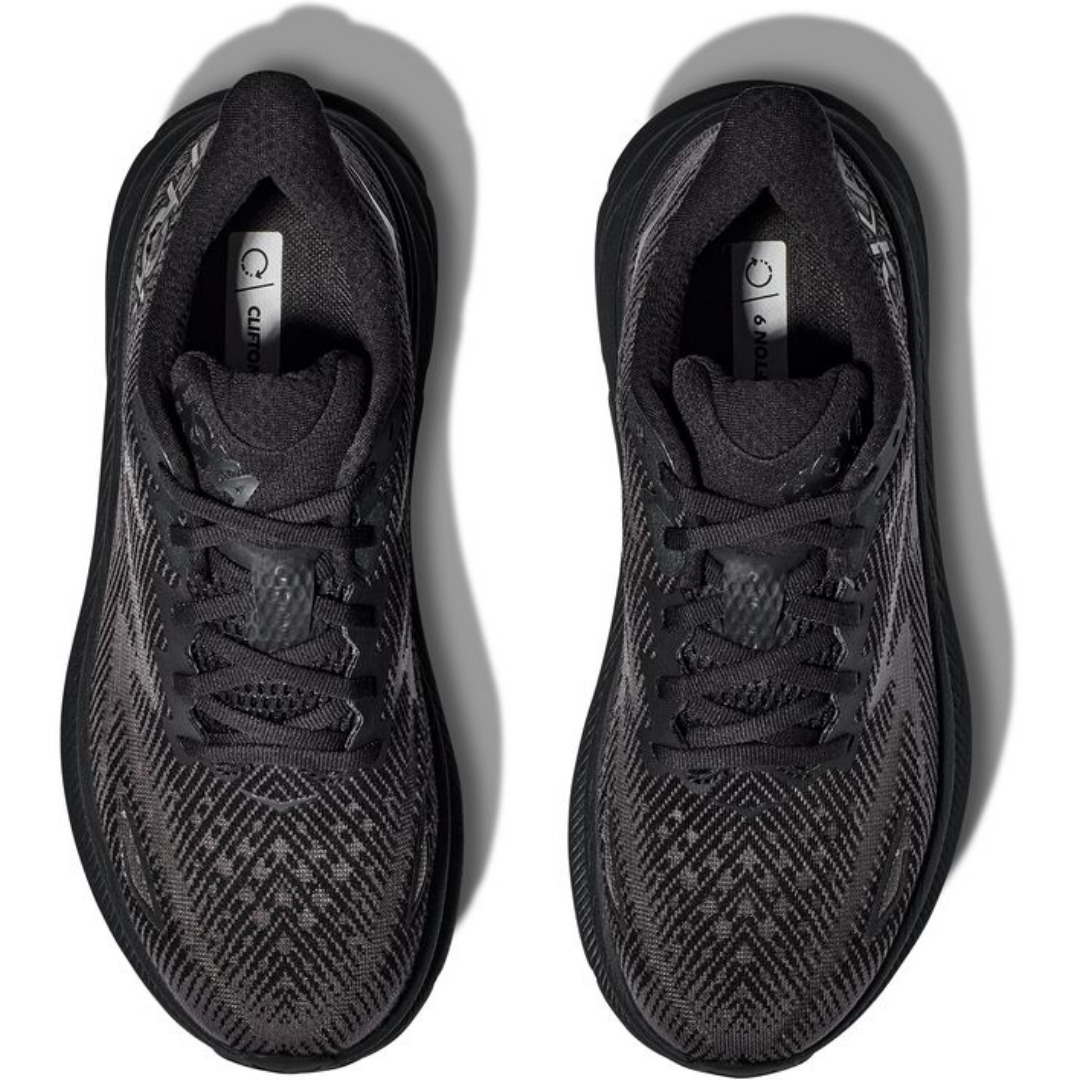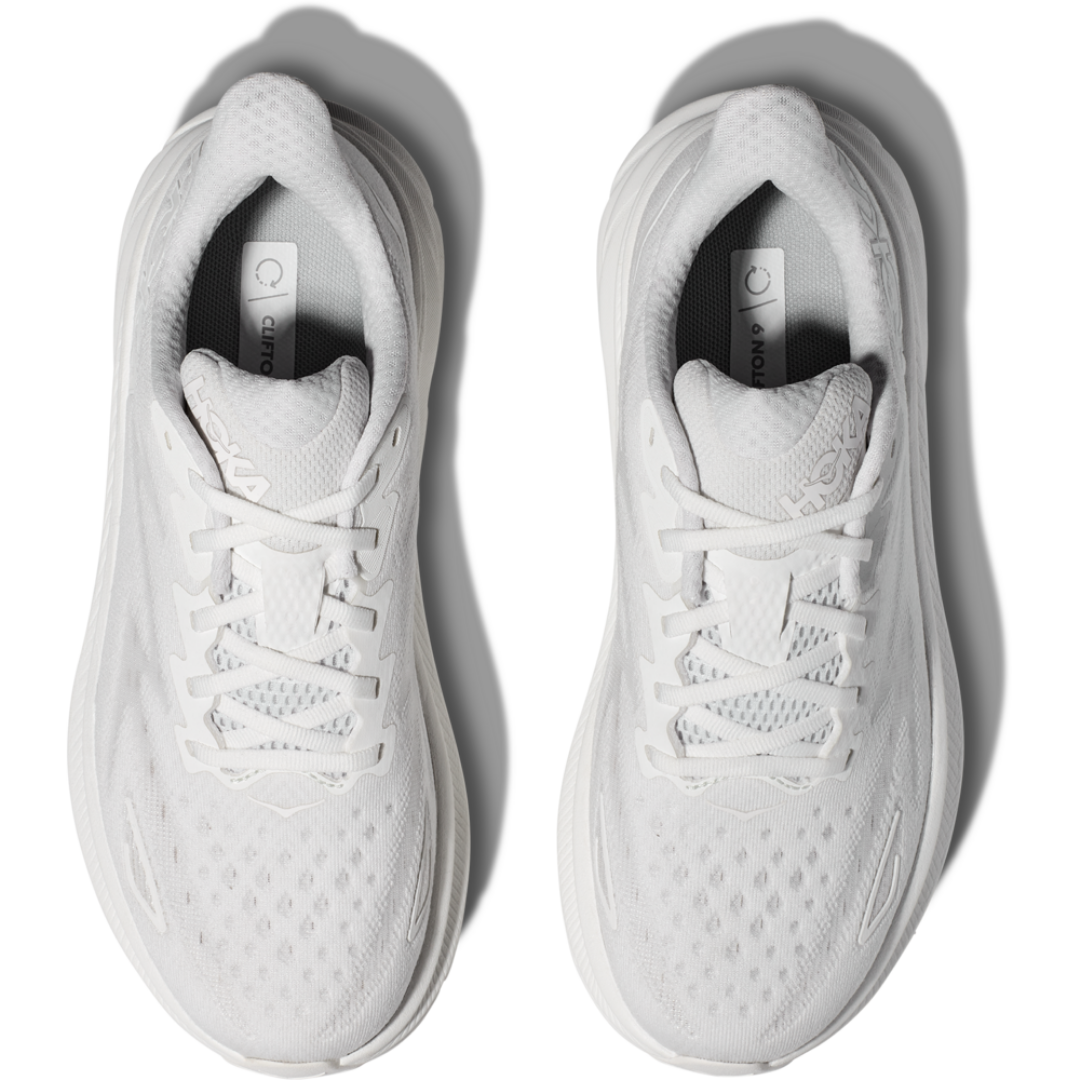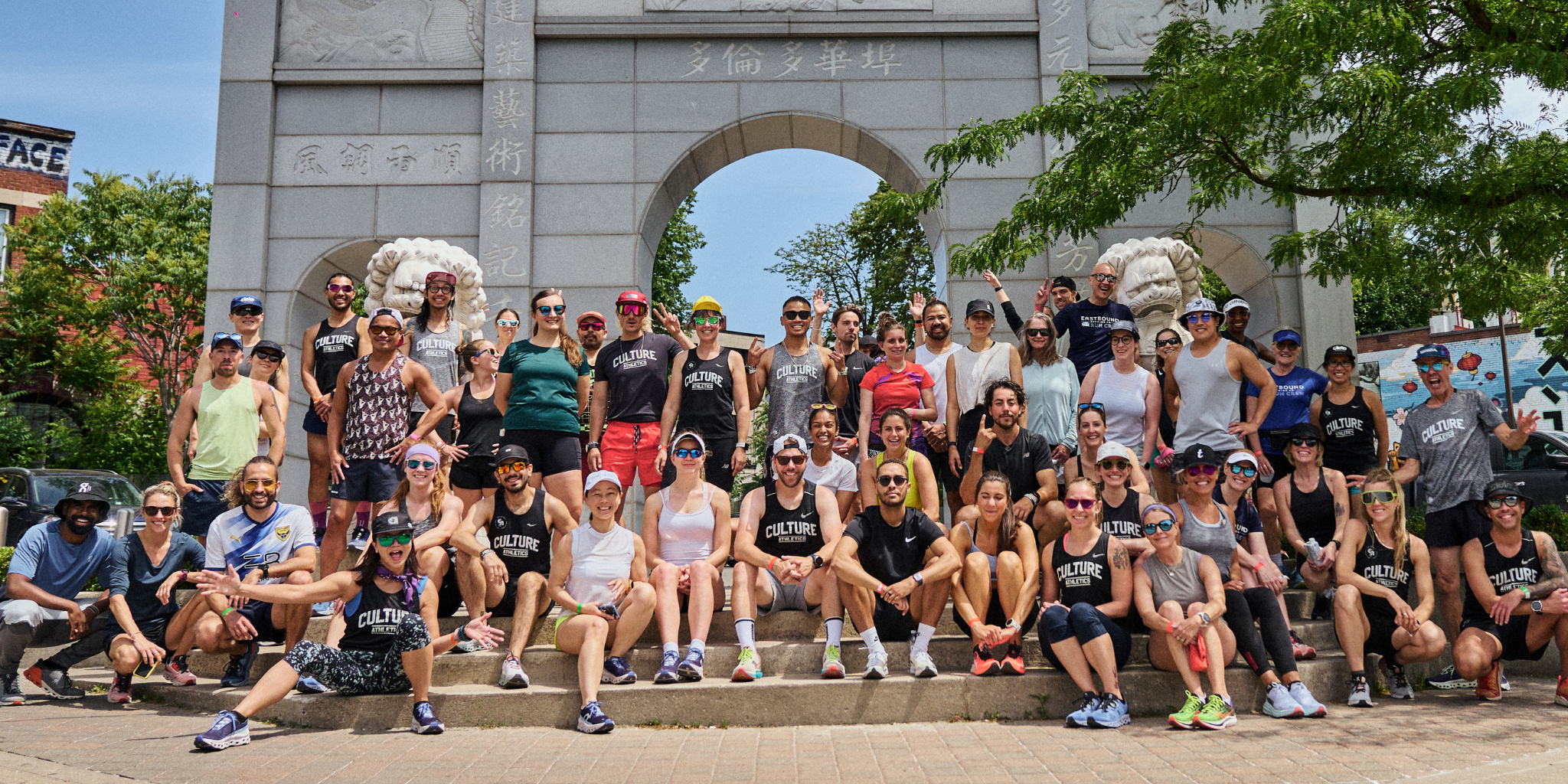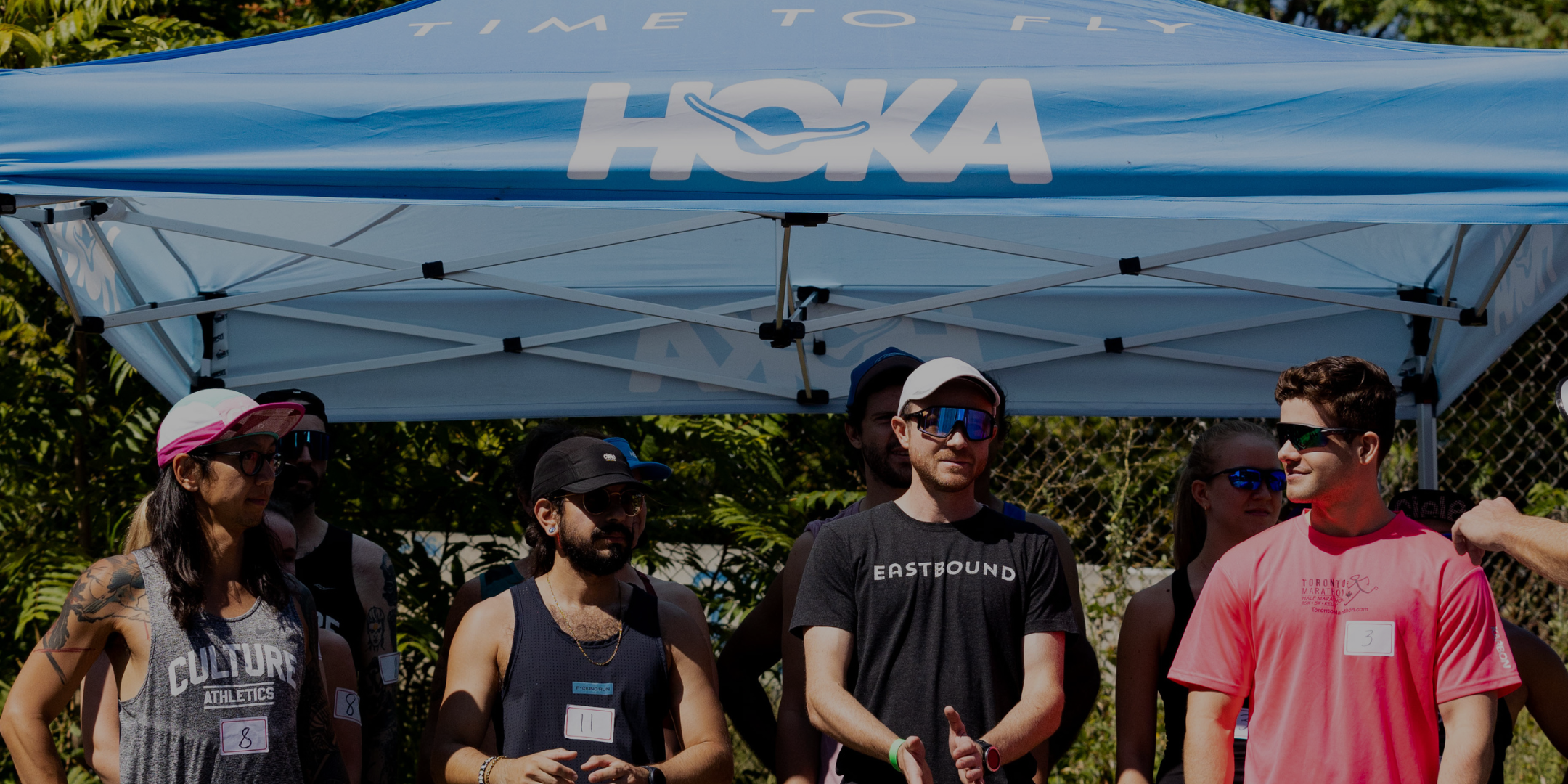
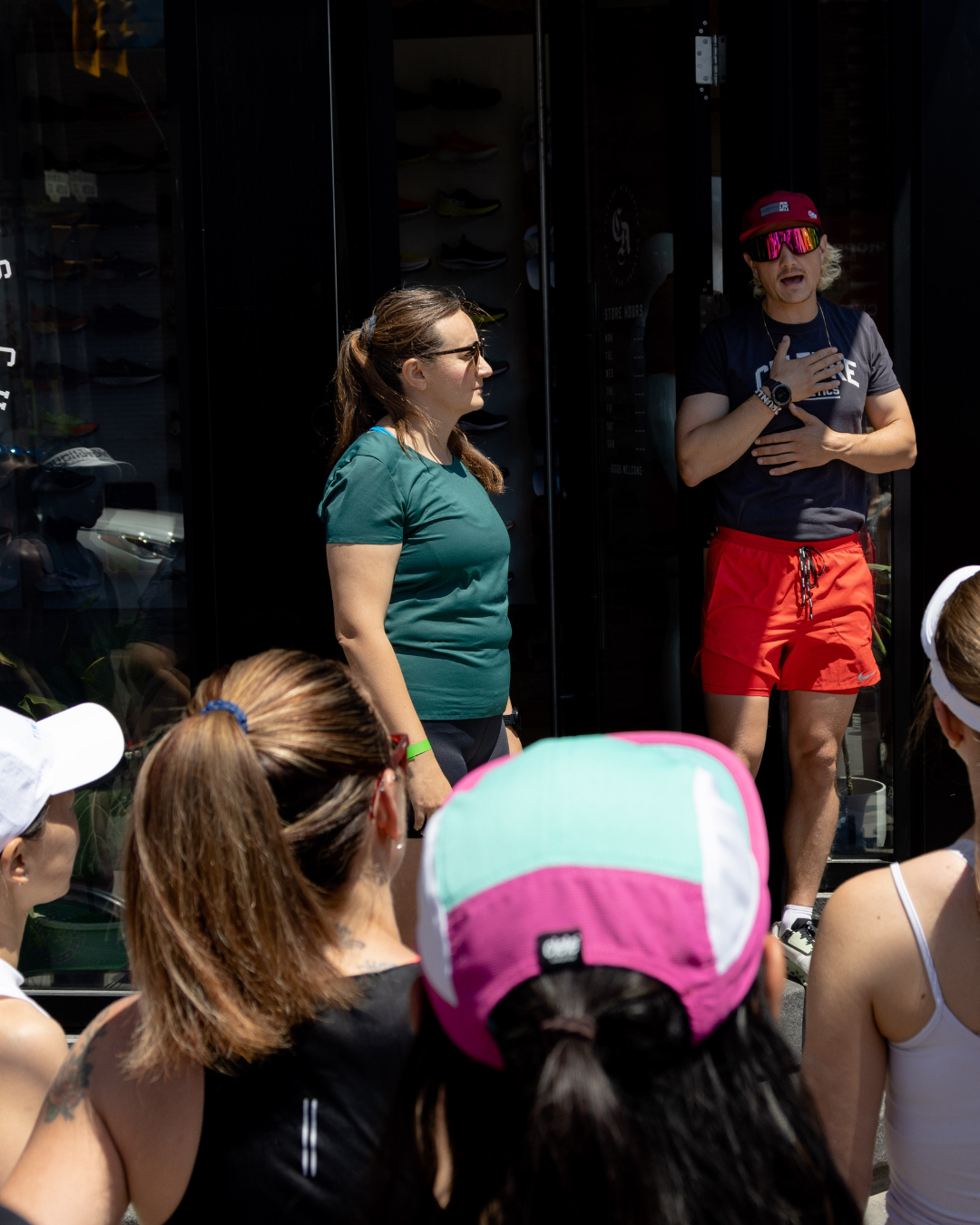
Interested in learning to run?
Have you been thinking about getting into running but don't know where to start? Want to learn how to begin running? Intimidated? Want to join a run club but scared you can't keep up? Have you tried running on your own but it just isn't working?
WE CAN HELP
We're a trusted resource for people looking to learn to run in Toronto. We help people get into the sport everyday and we'd love to help you too!
Running is a sport like any other. It takes a combination of understanding, practice and patience. And the good news is that learning to run is an achievable goal for most people, regardless of their fitness level.
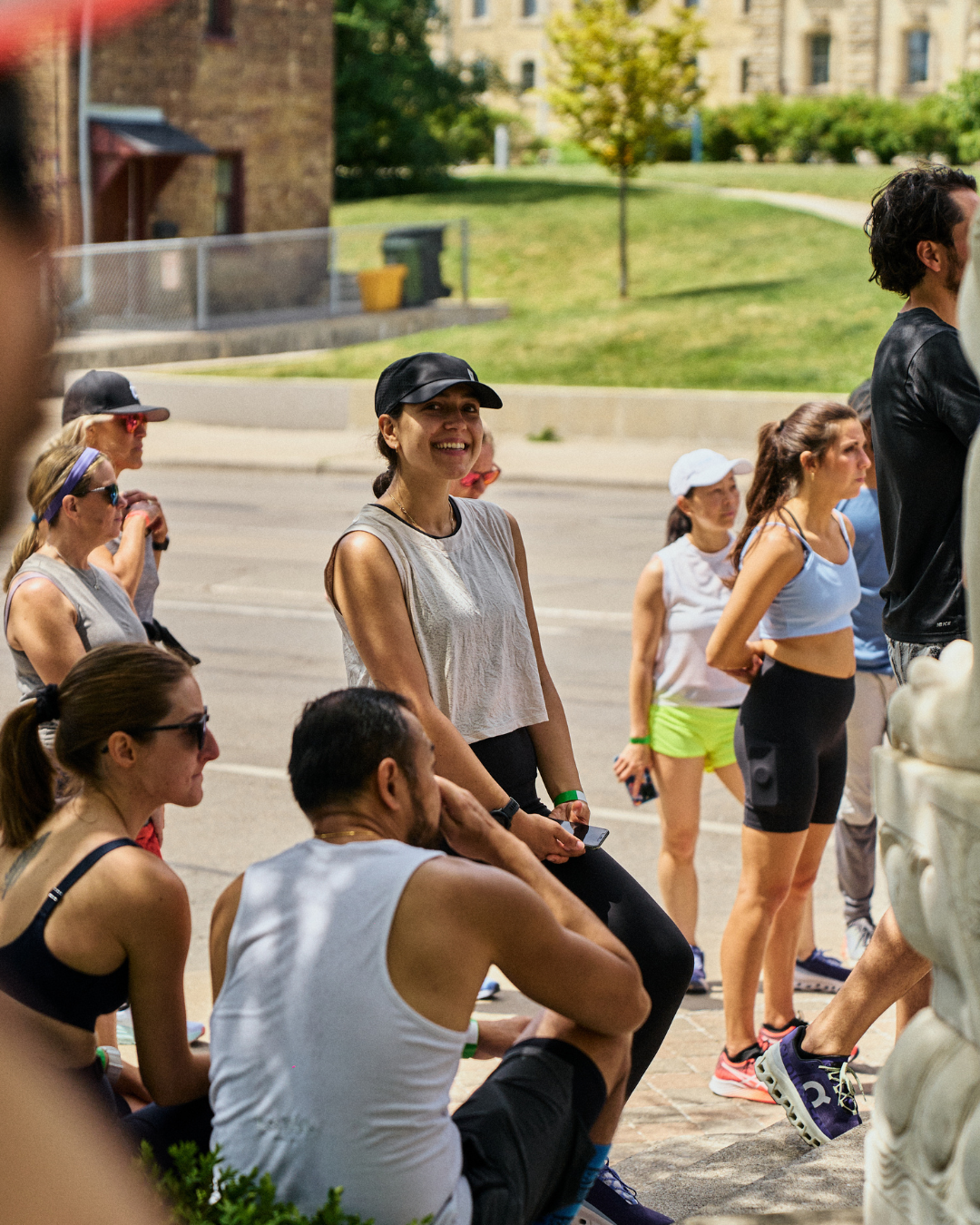
run 101
This is our five week couch to 5KM program. This run-training program is designed for people brand new to running and will help take you from the couch all the way to being able to run a 5KM.
So if you've been on the fence about learning to run -- NOW'S THE TIME!
The full five week calendar is below along with some helpful information on how to start running!
There currently isn't an open registration for a RUN 101 program, but please follow the below calendar on your own!
COUCH TO 5KM PLAN: FIVE WEEK BEGINNER TRAINING PLAN
SO WHAT EXACTLY IS THE RUN/WALK METHOD?
The run/walk method is a training technique used by runners to balance running and walking intervals during a training run, workout or race. Instead of running continuously for an entire session, you alternate between running and walking, following designated periods of both paces.
For beginners "running" should be at a VERY easy pace (as slow as your ego will let you). For walking, it should be at an comfortable, recovery pace.
The focus of RUN/WALK is to build up your body (and mind's) ability to keep moving for an increasing amount of time. Each week the amount of running increases while the amount of walking decreases. The goal is to build up mental and physical endurance to the point that we can removing the walking breaks all together (eventually)!
SO WHY RUN/WALK?
We love this approach for a lot of different reasons, but here's some of the big ones...
Gradual Progression
Running is physically demanding, and a run/walk approach allows newcomers to ease into the sport. It prevents overexertion and reduces the risk of injury by progressively increasing the running duration over time and allows for gradual running progress.
Improved Endurance
By alternating between running and walking, you can extend the duration of your exercise sessions. This helps build cardiovascular endurance and muscular strength, making it easier to run longer distances as your fitness improves.
Confidence
Running continuously for an extended period can be mentally challenging/daunting. Run/walk breaks this up and can provide a sense of accomplishment after each interval, boosting confidence and motivation along the way. This also helps make the mental preparation for running less intimidating.
Recovery Time
The short walking intervals provide valuable recovery time during your run, allowing your body to recuperate and reduce muscular fatigue. This makes your overall workout more comfortable and enjoyable.
Injury Prevention
The walk breaks give your body time to adapt to the stress of running. They reduce the risk of overuse injuries, such as shin splints, stress fractures, or joint problems, which can be more common when starting out.
Long-Term Sustainability
Running doesn't have to be an all-or-nothing endeavor. Run/walk can be a sustainable approach to build and maintain a lifelong running habit. You can continue to use it as a training tool even as you become an experienced runner.

STILL READING?
Well here's some awesome (and important) info on how to begin running and how to learn to run properly...
Running is a fantastic way to boost your health, and it's never too late to lace up and hit the pavement. As trusted experts in the Toronto running community, we’re here to guide you through the essentials of running for beginners. Let's get started!
Learn Proper Form
Proper running form is key to preventing injuries and optimizing your performance. There’s a ton of conflicting information out there, so we recommend keeping it simple. Three tips:
- Posture -- Pood posture is important in all aspects of life and running is no different. Focus on an upright posture (think tall thoughts), look into the distance (not down at your feet) and keep your shoulders and arms relaxed. Make sure your arms aren’t swinging across your body much (we want forward momentum, not a twisting motion).
- Foot strike -- Make sure your foot lands under your hips. Studies have shown that HOW your foot lands (fore-foot, midfoot, heel strike) is less important than WHERE your foot lands compared to your body. Make sure your foot is striking the ground under you (not in front). When your foot lands in front, it greatly increases the amount of force running through the body (which we don’t want).
- Pace -- lots of people try to go too fast when they start running. Distance running is an endurance sport! Start at a VERY comfortable pace. This will make running so much easier on your body (and mind) and will greatly decrease your chance of injury. Think “conversational pace” -- a pace that you can talk about traffic/weather, but not a convo that’s too robust. If you can’t talk, slow down. If you can talk without any fatigue, speed up (a little).
Start with a Plan
Before you hit the road, have a plan in mind. A structured training plan can help beginners gradually build their running stamina. Consider a beginner running plan like our Culture Athletics Couch to 5KM program. It offers a digestible, gradual progression to help you learn proper running form and progress safely.
Invest in Proper Footwear
THIS IS NOT A SALES PITCH -- IT’S A FACT! One of the most important investments for a runner is a good pair of running shoes. Visit Culture Athletics (or another specialty running store) for a proper fitting to ensure you get the right pair for your foot type. Running shoes are the most important piece of equipment in the sport of running. It’s how your body connects with the ground and processes all the force that’s running through your body. Proper footwear will provide the comfort and support you need during your runs. The last thing you want is a pesky, avoidable issue to sideline you when it could have easily been avoided!
Warm Up and Cool Down
Don't forget to warm up and cool down before and after each run. It might sound silly (or intimidating), but spend a few minutes with dynamic stretching or light exercises to prepare your muscles for action.Think about how much stretchier a wet piece of rope is compared to one that’s dry. This is what warming up does to your muscles and ligaments. Spend the time to get your blood flowing and your body will thank you (and your run will be SO much better). After your run, cool down and stretch to improve flexibility and reduce post-run soreness. Don’t ignore this one! It will make a BIG difference in your running journey.
Listen to Your Body
Your body is your best guide. Pay attention to any pain, discomfort, or excessive fatigue. Don't push yourself too hard, and take the rest you need. Running should be a rewarding experience, not a painful one. Remember -- you are learning a new skill and your body is adapting like crazy! Pay attention to how you feel and be patient with yourself (become a lifetime runner, not a one and done).
Stay Consistent
Consistency is key to your progress. Establish a regular running schedule that works for you, whether it's in the morning, during lunch breaks, or in the evening. The more consistent you are, the faster you'll see improvements. Running skill (and it’s benefits) come month over month, year over year. Consistency is key!! Everyone over-estimates what they can do in a day, but underestimates how much they can achieve in a year -- it’s all about stacking good days.
Enjoy the Process
Running is not just about reaching a finish line; it's about the journey itself. Take in the sights, enjoy the fresh air, and appreciate the sense of accomplishment that comes with each run. It's not just about the destination; it's about the path you take to get there. Similar to the previous point, running is skill and getting better needs to be a long-term commitment -- so make sure you like your relationship with running!! You’re the one that will dictate your running routine, mindset and relationship. Craft it into something that fills you up, not breaks you down.
Connect with the Running Community
Running doesn't have to be a solitary activity. Consider joining local running groups or connecting with the online running community. This can provide motivation, support, and valuable insights to enhance your running experience. The Toronto running community is one of the best in the world! Toronto is full of a robust and diverse community of run clubs and training groups. At Culture Athletics, we’ve worked hard to become an active member and pillar in the Toronto running community. Our community is diverse, inclusive and consists of runners of all skills and experiences. We offer a plethora of free community runs, running community events, run coaching programs, expert running guidance and more. We’re always friendly and always looking to help new people get into the sport of running. Don’t be intimidated -- come check us out!!
We know there’s a lot here, but by following these steps, you'll be well on your way to becoming a confident and passionate runner. Remember, running is not just about fitness; it's a journey of self-discovery and a path to better health. Embrace it, and you'll soon find yourself addicted to the joy of running.
Happy running! 🏃♀️🏃♂️

